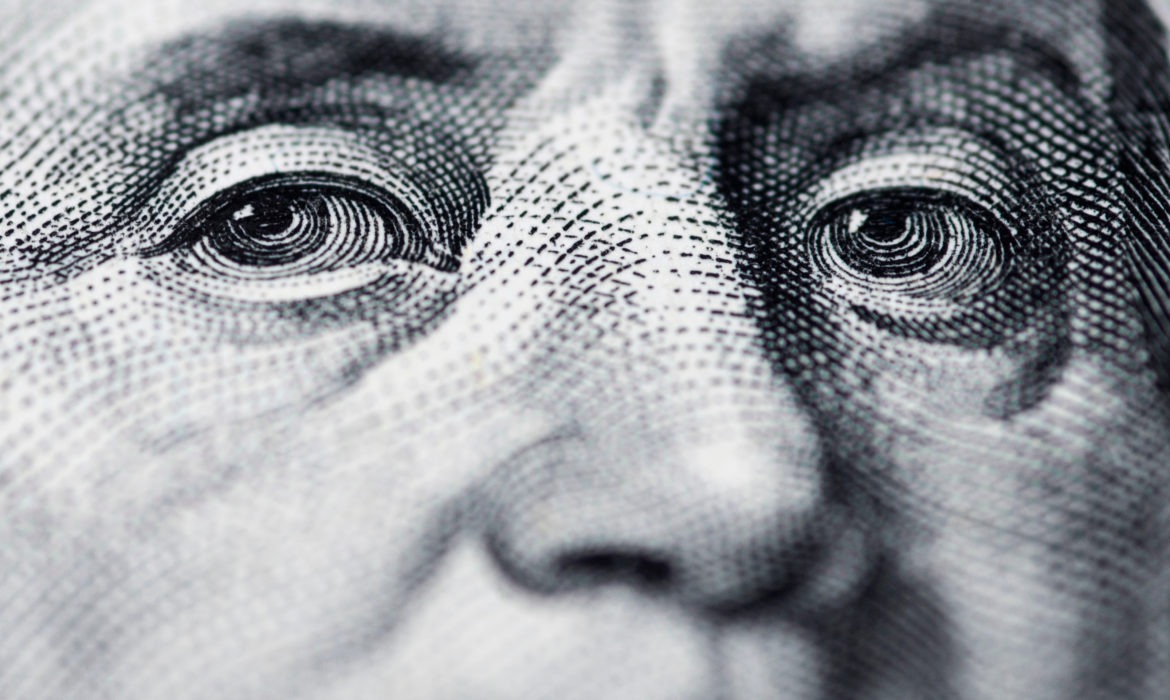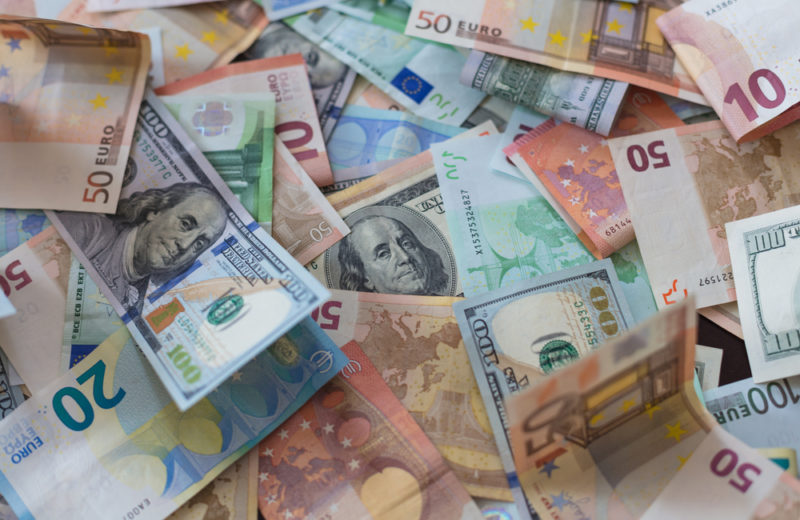Against the sterling, euro, and yen, the dollar has fallen. The Chinese yuan rises to its highest point ever since March.
There is bleak economic data and low yields in the United States. Thus, on Tuesday, the United States dollar fell against a basket of major currencies for a fifth consecutive trading day.
The dollar has enjoyed years of gains. However, the coronavirus pandemic has hit the world’s largest economy hard, leaving investors looking for growth opportunities elsewhere.
Closing in on a two-year low of 92.49, the dollar index was last down by 0.3 to 92.55.
There was a fresh rally in tech stocks. Thus, it provided a positive backdrop for markets. It subdued the demand for a safe-haven dollar. Meanwhile, a worse than forecasted reading of the New York Fed’s Empire State business conditions index in August also helped traders stick to their bearish convictions for the currency.
Dollar
Net bearish bets on the greenback rose to a high point last week. This is their highest since May 2011. Moreover, spot trading in recent days suggests that the position has only grown further since.
Leveraged and real money investors preferred to express their negative view of the United States dollar with the most traded currency pair in the world (euro/dollar). This pushed euro longs to a new record high in the week to August eleven. That is what the latest CFTC data showed.
Neil Jones is head of hedge fund sales at Mizuho. He said that the dollar weakness is not over yet. Thus, he would not subscribe to the camp that is saying it has become a crowded trade.
Moreover, he continued that there is a sufficient amount of positive sentiment and momentum as well for the euro. Thus, he would suggest that there is a lot more going for the euro/dollar.
With further gains in store, if the level is broken, he said all eyes were on key psychological $1.20 level versus the euro.















